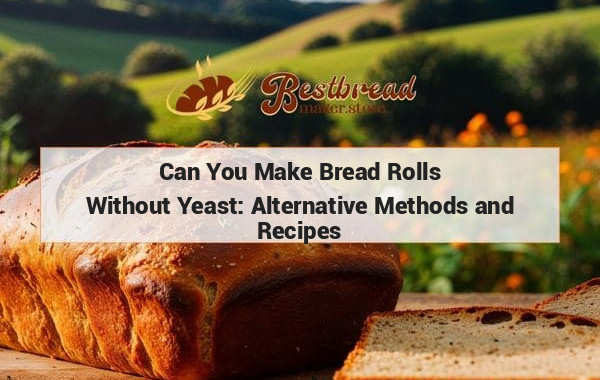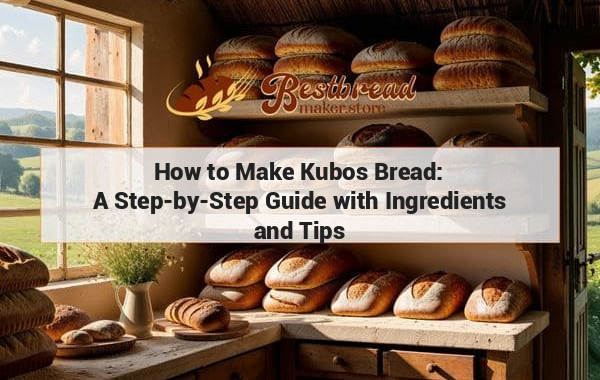How to Make Traditional Portuguese Bread: A Step-by-Step Guide
To make Portuguese bread, start by mixing flour, water, yeast, and salt together to form a dough. Let the dough rise for about an hour before shaping it into loaves or rolls. Bake the bread in a hot oven until it is golden brown and sounds hollow when tapped on the bottom. Enjoy the delicious aroma and flavor of freshly baked Portuguese bread at home!
"Portuguese bread" is a staple in many households, known for its crusty exterior and soft, fluffy interior. To make authentic Portuguese bread, it’s essential to follow a traditional method that has been passed down through generations. This guide walks you through the process step by step.
Key Takeaways:
Portuguese bread, known for its crusty texture and fluffy interior, is made with basic ingredients like flour, water, yeast, and salt. The process involves careful kneading, rising, and baking at a high temperature to achieve its signature crust. For the best results, consider using a high-quality bread maker.
The Essentials of Making Portuguese Bread
When it comes to making Portuguese bread, a few key elements are non-negotiable. The quality of ingredients, the kneading process, and the baking time are all crucial factors that will determine the outcome of your bread. Let’s dive into these essentials.
- Flour: Always use "bread flour" for the best results. This type of flour has a higher protein content, which is essential for developing the gluten structure that gives Portuguese bread its chewy texture.
- Yeast: Fresh or active dry yeast works well for this recipe. Make sure it’s fresh to ensure proper fermentation and rising.
- Water: The temperature of the water matters; it should be lukewarm, around 105-115°F, to activate the yeast without killing it.
- Salt: Salt not only adds flavor but also controls yeast activity. Don’t skip this ingredient, as it balances the bread’s overall taste.
Preparing the Dough
The process of making Portuguese bread starts with mixing the ingredients and preparing the dough. Here’s how to do it:
- Combine Ingredients: In a large mixing bowl, combine 4 cups of bread flour, 2 teaspoons of salt, and 1 teaspoon of sugar. In a separate bowl, dissolve 1 packet of active dry yeast in 1 ½ cups of lukewarm water. Let it sit for about 5 minutes until it becomes foamy.
- Mix the Dough: Gradually add the yeast mixture to the flour, stirring continuously. Once combined, knead the dough on a lightly floured surface for 10 minutes until it becomes smooth and elastic. Kneading is crucial as it develops the gluten network, giving the bread its signature texture.
- Let It Rise: Place the dough in a lightly oiled bowl, cover it with a cloth, and let it rise for about 1-2 hours, or until it doubles in size. This step allows the yeast to ferment, creating the air bubbles that give the bread its fluffy interior.
Shaping and Baking Portuguese Bread
Once the dough has risen, it’s time to shape and bake it. This step requires attention to detail to ensure you get the perfect crust.
- Preheat the Oven: Heat your oven to 450°F (230°C). If you have a baking stone, place it in the oven to heat as well, as it helps achieve a crispier crust.
- Shape the Dough: Gently punch down the dough to release the air and shape it into a round loaf. Place the loaf on a parchment-lined baking sheet or preheated baking stone.
- Bake with Steam: For a crispy crust, create steam in the oven by placing a tray of hot water at the bottom or spraying the oven walls with water right before placing the bread inside. Bake the bread for 25-30 minutes until the crust is golden brown and sounds hollow when tapped.
The Role of a Bread Maker in Perfecting Portuguese Bread
If you’re new to bread making or want a more convenient way to bake, a "bread maker" can be an excellent tool. Modern bread makers have settings that allow you to knead, rise, and bake bread with minimal effort. This method can help you achieve consistent results, especially for Portuguese bread, which relies heavily on proper kneading and rising.
One of the best options to consider is available at bestbreadmaker.store, where you can find reviews and recommendations on top bread makers suitable for making Portuguese bread. Using a bread maker allows you to adjust settings for optimal results, ensuring that your bread has the right texture and flavor every time.
Alternative Methods and Variations
Portuguese bread can also be customized to your taste preferences. Here are a few variations you might want to try:
- Whole Wheat Portuguese Bread: Substitute half of the bread flour with whole wheat flour for a healthier version. This adds a nuttier flavor and denser texture.
- Herb-Infused Bread: Add fresh herbs like rosemary or thyme to the dough for a fragrant, aromatic loaf that pairs perfectly with soups and stews.
- Olive Bread: Incorporate chopped olives into the dough for a Mediterranean twist. The briny flavor of the olives adds a unique touch to the classic bread.
Storing and Enjoying Portuguese Bread
Once baked, Portuguese bread is best enjoyed fresh out of the oven. However, if you have leftovers, store them properly to maintain freshness.
- Storing: Place the bread in a paper bag or wrap it in a clean kitchen towel to keep the crust crisp. Avoid plastic bags as they can make the bread soggy.
- Freezing: Portuguese bread freezes well. Slice the loaf before freezing so you can easily thaw individual pieces. To reheat, use a toaster or oven for a few minutes to bring back the crispy crust.
Frequently Asked Questions (FAQs)
How long should Portuguese bread dough rise?
The dough should rise for about 1-2 hours or until it doubles in size. Rising times can vary depending on the room temperature and yeast activity.Can I make Portuguese bread without a bread maker?
Yes, absolutely! Traditional methods work perfectly. However, a bread maker can simplify the process and ensure consistent results.What’s the best way to get a crispy crust on Portuguese bread?
Creating steam in the oven is key. Place a tray of hot water at the bottom of the oven or spray water on the oven walls right before baking.Can I use all-purpose flour instead of bread flour?
You can use all-purpose flour, but bread flour is preferred due to its higher protein content, which develops more gluten and creates a better texture.What’s the difference between Portuguese bread and other crusty breads?
Portuguese bread is known for its simple ingredients and rustic texture. It often has a slightly softer interior compared to other crusty breads like French baguettes.
By following these steps and tips, you can recreate the authentic taste of Portuguese bread at home. For those looking for convenience, using a bread maker can be a game-changer. To find the best options, visit bestbreadmaker.store, where you’ll discover top-rated models perfect for baking delicious, crusty loaves with minimal effort. Enjoy your bread-making journey!








